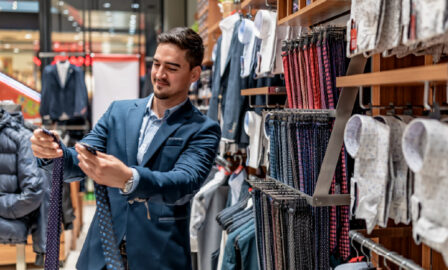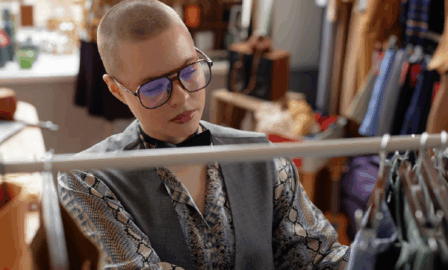2024 Luxury Retail Trends
Read our updated trends report here: 2025 Luxury Retail Trends
Clarkston’s team of luxury retail consultants have highlighted the top luxury retail trends that businesses should consider. Read all 7 trends for 2024 by downloading the full report here.
The luxury retail industry is expected to grow more than 3% per year from 2024-2028. As younger demographics gain purchasing power and online luxury retail is solidified, brands can expect consistently strong demand to exist in this market. Retailers must also respond to emerging trends, like second-hand markets and a push for digital transformations. In doing so, the traditional shopping experience for customers may change rapidly, and brands will need to recognize the increased desire for a luxury experience – not just a luxury product.
In this report, we highlight key 2024 luxury retail trends, ranging from experiential luxury to the rise of cultural capital, that we expect to transform the market in the years ahead.
2024 Luxury Retail Trends
Trend #1: Younger Consumers Redefining Luxury Retail
While millennials still dominate the market, Gen Z is also increasingly entering the spotlight. With $360 billion in disposable income, Gen Z’s preferences are becoming important considerations for luxury retailers. Together, millennials and Gen Z are projected to account for 70% of global luxury goods sales by 2025.
These younger shoppers are beginning to create or bring back their own trends. One prominent example is quiet luxury, a fashion ideal that has recently regained popularity. This more subtle luxury is defined by low-key luxury goods as opposed to prominent logos. Another is the rise of streetwear collections in luxury retail such as baggy pants, jackets, and sneakers.
Retailers should also take into account how younger consumers prefer to buy their products. Given the rise of social media, Gen Z and Millennials have easier access to the top brands and thus over 70% follow at least one. These young consumers, however, prefer more sustainable brands and will shop accordingly. They prefer to buy in a way that matches their preferences, which certainly extends to an additional desire for personalized experiences. Luxury retailers that hope to remain relevant must take the preferences of younger generations seriously.
Download the Full 2024 Luxury Retail Trends Report Here
Trend #2: A Shift from “Things” to Experiences
The wheels of luxury retail turn slowly, but eventually do catch up. Firms are finally catching on to customers’ desire for experiences and are adjusting accordingly. One major example is the opening of the Louis Vuitton Hotel in Paris. By extending its brand into an experiential service sector, the luxury goods giant may open the door to other diversified future streams of revenue.
Dior similarly has entered the world of experiential luxury with plans to open a restaurant, the Monsieur Dior. Luxury retailers should take note and consider other experience-based alternatives for advertising, physical stores, and brand immersion. This may include pop-ups, activations, and even partnerships with events such as award shows and festivals.
Experiences allow luxury retailers to integrate shoppers into the brand further. Throughout any experience, the brand has the potential to cross-sell and upsell individuals likely to spend on the brand. Additionally, retailers can develop key relationships with customers and collect data to better understand their preferences. Finally, experiences can serve as a marketing platform for partnerships and collaborations as well as an avenue to personify the brand’s values. Continue reading by downloading the full report below.
Download the Full 2024 Luxury Retail Trends Report Here
Read last year’s Luxury Retail Trends Report here.
Subscribe to Clarkston's Insights
Contributions from Jake Park-Walters



